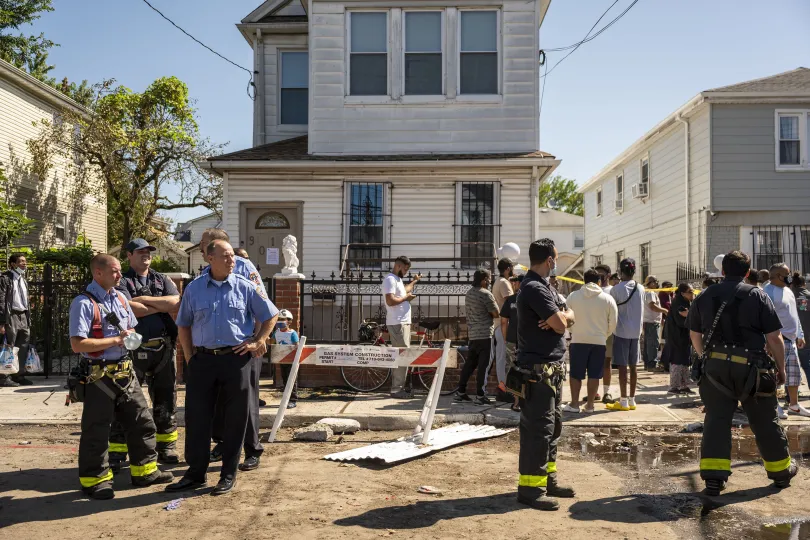Final Map of ‘Climate Disadvantaged’ Communities Now Includes Blocks Previously Excluded — But Other Vulnerable Areas Left Out
A block in Hollis, Queens, where a family died during Hurricane Ida is now considered a state priority. But a similar block in Woodside isn’t on the final map.

 This article was originally published on by THE CITY
This article was originally published on by THE CITY
A state-appointed group of environmental justice advocates on Monday finalized a map of communities across New York that are considered “disadvantaged” and thus will be given priority when it comes to climate-related spending.
The state Climate Leadership and Community Protection Act of 2019 — which mandates reductions of planet-warming greenhouse gas emissions — specifies that “disadvantaged communities” are to receive at least 35% of total statewide spending on projects that reduce greenhouse gas emissions and pollution.

Brooklyn Boro
View MoreNew York City’s most populous borough, Brooklyn, is home to nearly 2.6 million residents. If Brooklyn were an independent city it would be the fourth largest city in the United States. While Brooklyn has become the epitome of ‘cool and hip’ in recent years, for those that were born here, raised families here and improved communities over the years, Brooklyn has never been ‘uncool’.